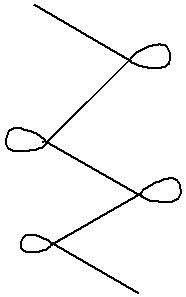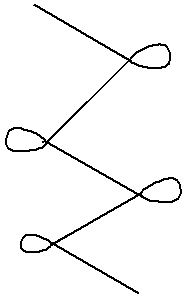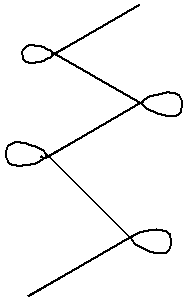Biocompatible implant and use of the same
a biocompatible, implant technology, applied in the direction of prosthesis, impression caps, applications, etc., can solve the problems of pathological rejection of artery grafts, obstruction of grafts, enlargement (up to rupture), etc., and achieve the effect of high durability and sufficient strength
- Summary
- Abstract
- Description
- Claims
- Application Information
AI Technical Summary
Benefits of technology
Problems solved by technology
Method used
Image
Examples
example 1
Experiment with PLGA
[0383] In Example 1, PLGA was used as a support and type I collagen and type IV were used as biological molecules to prepare an implant. As a result, the effect of the present invention was demonstrated.
[0384] (Methods and Results)
[0385] Ex Vivo Experiment
[0386]
[0387] A sheet of knitted mesh was attached to two sheets of woven mesh (0.2 mm thick for each, a total of 0.6 mm thick). When a resultant patch is implanted into an organism, the knit faces the lumen side thereof while the woven faces the outside thereof. These three sheets of mesh were made of a Vicryl polylatin 910 mesh (PLGA (a copolymer having a glycolic acid-to-lactic acid ratio of 90:10)), which is a biodegradable synthetic macromolecule. The resultant structure was subjected to collagen crosslink treatment to obtain a PLGA-collagen composite film which was used as a scaffold. Two groups of scaffolds were prepared: A) only type I collagen was used as a crosslinking agent in crosslink treatment; ...
example 2
Experiment with PGA
[0423] In Example 2, PGA was used as a support and type I and type IV collagen were used as biological molecules to prepare an implant. As a result, the effect of the present invention was demonstrated.
[0424] (Methods and Results)
[0425] Ex Vivo Experiment
[0426]
[0427] A sheet of knitted mesh was attached to two sheets of woven mesh (0.2 mm thick for each, a total of 0.6 mm thick). When a resultant patch is implanted into an organism, the knit faces the lumen side thereof while the woven faces the outside thereof. These three sheets of mesh were made of PGA, which is a biodegradable synthetic macromolecule. The resultant structure was subjected to collagen crosslink treatment to obtain a PGA-collagen composite film which was used as a scaffold. Two groups of scaffolds were prepared: A) only type I collagen was used as a crosslinking agent in crosslink treatment; and B) type I and type IV collagen collagen were used. A crosslinking method was conducted as in Exam...
example 3
Experiment with Sponge-Like PGA
[0445] In Example 3, sponge-like PGA was used as a support and type I and type IV collagen were used as biological molecules to prepare an implant. As a result, the effect of the present invention was demonstrated.
[0446] (Methods and Results)
[0447] Ex Vivo Experiment
[0448]
[0449] A sheet of knitted mesh was attached to two sheets of woven mesh (0.2 mm thick for each, a total of 0.6 mm thick). When a resultant patch is implanted into an organism, the knit faces the lumen side thereof while the woven faces the outside thereof. These three sheets of mesh were made of sponge-like PGA, which is a biodegradable synthetic macromolecule. The resultant structure was subjected to collagen crosslink treatment to obtain a sponge-like PGA-collagen composite film which was used as a scaffold. Two groups of scaffolds were prepared: A) only type I collagen was used as a crosslinking agent in crosslink treatment: and B) type I and type IV collagen collagen were used...
PUM
| Property | Measurement | Unit |
|---|---|---|
| Force | aaaaa | aaaaa |
| Force | aaaaa | aaaaa |
| Force | aaaaa | aaaaa |
Abstract
Description
Claims
Application Information
 Login to View More
Login to View More - R&D
- Intellectual Property
- Life Sciences
- Materials
- Tech Scout
- Unparalleled Data Quality
- Higher Quality Content
- 60% Fewer Hallucinations
Browse by: Latest US Patents, China's latest patents, Technical Efficacy Thesaurus, Application Domain, Technology Topic, Popular Technical Reports.
© 2025 PatSnap. All rights reserved.Legal|Privacy policy|Modern Slavery Act Transparency Statement|Sitemap|About US| Contact US: help@patsnap.com



